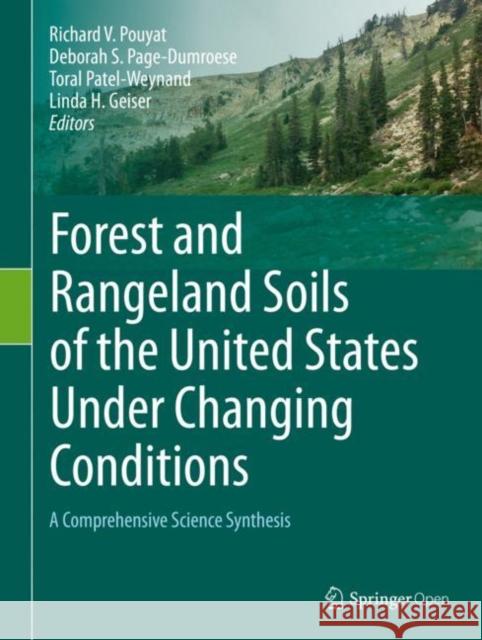Forest and Rangeland Soils of the United States Under Changing Conditions: A Comprehensive Science Synthesis » książka
topmenu
Forest and Rangeland Soils of the United States Under Changing Conditions: A Comprehensive Science Synthesis
ISBN-13: 9783030452155 / Angielski / Twarda / 2020 / 289 str.
Forest and Rangeland Soils of the United States Under Changing Conditions: A Comprehensive Science Synthesis
ISBN-13: 9783030452155 / Angielski / Twarda / 2020 / 289 str.
cena 201,72
(netto: 192,11 VAT: 5%)
Najniższa cena z 30 dni: 192,74
(netto: 192,11 VAT: 5%)
Najniższa cena z 30 dni: 192,74
Termin realizacji zamówienia:
ok. 22 dni roboczych
Bez gwarancji dostawy przed świętami
ok. 22 dni roboczych
Bez gwarancji dostawy przed świętami
Darmowa dostawa!
Kategorie:
Kategorie BISAC:
Wydawca:
Springer
Język:
Angielski
ISBN-13:
9783030452155
Rok wydania:
2020
Wydanie:
2020
Ilość stron:
289
Waga:
0.95 kg
Wymiary:
28.19 x 21.39 x 1.75
Oprawa:
Twarda
Wolumenów:
01











